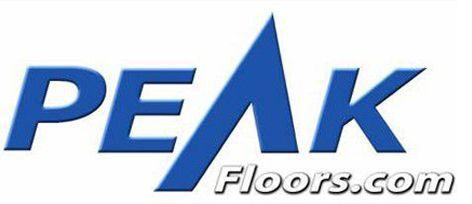Hardwood floors are exceptional in a great many ways. They look great, they provide warmth and comfort, and they’re timeless. They’re easy to clean as well. There are so many things that hardwood floors do well. One thing that they do not do well is insulate. Hardwood floors are made from thin planks of wood that do not trap much heat. If you’ve stepped onto an uninsulated hardwood floor in the middle of the night, you know how cold they can get. Heat transfer can be expensive as well as uncomfortable. That’s why many hardwood floors have insulated subfloors underneath them. However, that amount of heat transfer can be used to your advantage.
Radiant Heating
Lately, the trend in home heating has been radiant heating. The traditional way to heat a home is by heating up the air with more warm air. That’s not terribly efficient because air is not a good conductor of heat, nor is it a good insulator. That’s why you have to constantly reheat your home to keep it warm. Conversely, a radiant heating system is installed under your floor. That system heats up the floor. The warm floor travels through carpets, tiles, and furniture. Wood flooring, carpets, bookcases, and such are much better at holding onto heat than the air is. That means they’ll stay warm for longer and help to warm your home.
There are a few concerns with installing radiant heating underneath your hardwood floor though.
Hardwood Floor Concerns
The chief concern about installing radiant heating under your floor is the warping of the hardwood. Since hardwoods are still porous, they tend to absorb heat and moisture. When it is warm and moist, the hardwood expands. When it’s cold and dry, the hardwood contracts. Therefore, it’s a little bit of a concern to heat the wood directly. Negative effects are addressed in two different manners.
First, a non-insulated layer is often installed between the heating elements and the floor. That keeps the wood from being heated directly. Secondly, the floor is typically not heated beyond 80 degrees Fahrenheit. At those temperatures, you’re pretty much free from warping concerns. Unless it’s a very high heat, heat alone will not warp your hardwood floors. You would also need to have moisture. Keep your floor dry and the humidity level at a reasonable level, and you have nothing to worry about.
Radiant heating has been proven to be an effective and affordable way to heat your home.
